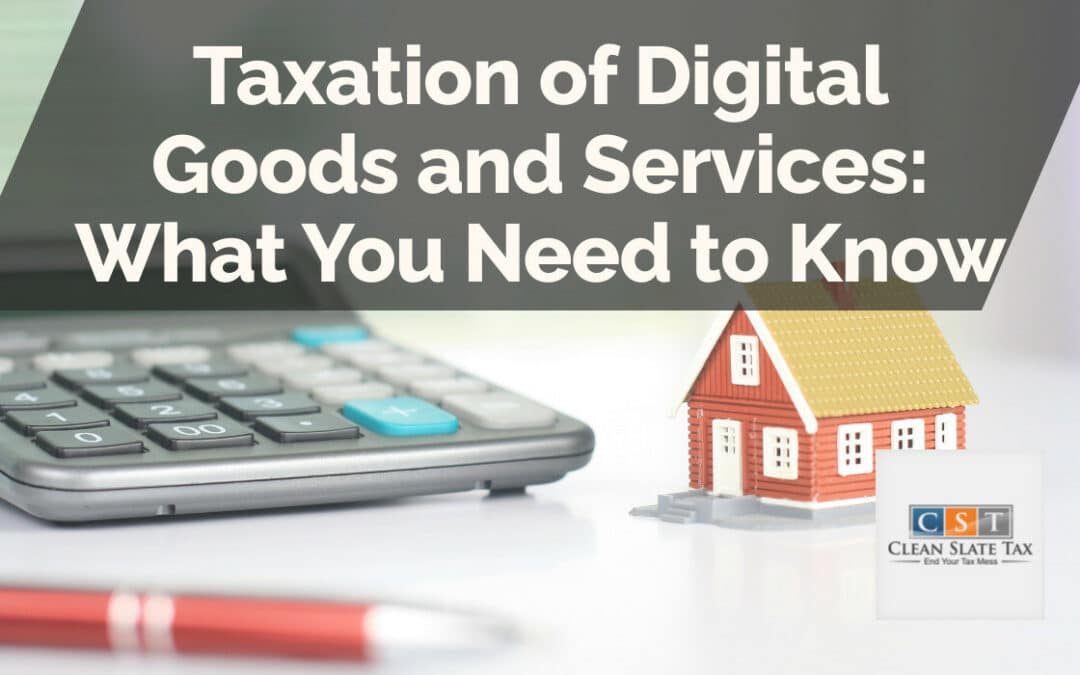The digital economy is global and growing at an unprecedented rate. One of the major questions that arises in this new frontier is about taxation. Specifically, how are digital goods and services taxed? Determining tax obligations for digital goods and services can be complex due to the international nature of digital transactions. The information in this article will provide an overview of the taxation principles and processes related to digital goods and services.
Understanding Digital Taxation
The term ‘digital taxation’ refers to various taxes that apply to digital goods and services. This can range from online subscriptions, streaming services, and downloadable digital products. Similarly, digital services can mean anything from online advertising to cloud computing. Digital sales tax is often governed by the same principles as those for traditional goods, but there are some unique challenges and considerations.
Why Is Digital Taxation Important?
In the digital economy, businesses can provide goods and services to customers anywhere in the world, often without a physical presence in the customer’s country. This has led to a situation where some multinational companies can minimise their overall tax liability. In response, many countries have introduced or are considering digital services taxes (DSTs) designed to ensure these companies pay tax where they generate profit.
The Principles of Digital Taxation
-
The destination principle: Taxes on digital services are typically applied based on the location of the consumer. This is known as the “destination principle”.
-
Value Added Tax (VAT): In many countries, digital goods and services are subject to VAT or Goods and Services Tax (GST), similar to physical goods and services.
-
Double Taxation: The risk of double taxation is higher in the case of digital goods and services because they can easily be provided across borders. Countries are therefore working under the auspices of international organizations like the OECD to avoid this.
FAQs about Digital Taxation
How is Digital Sales Tax Collected?
The responsibility for collecting and remitting digital sales tax often falls on the provider of the digital good or service. This means that businesses operating in the digital economy need to familiarize themselves with the digital tax laws of each country they sell to.
What Rate of Tax Applies to Digital Goods and Services?
The rate of tax applied to digital goods and services varies greatly by country and in some cases, by individual states within a country. Typically, the rate is the same as that for physical goods and services.
What is the Purpose of a Digital Service Tax?
A Digital Service Tax (DST) is typically designed to ensure that multinational companies pay tax in the countries where they generate profits, even if they do not have a physical presence in those countries.
Apart from understanding the basic taxation principles for digital goods and services, it is also crucial for businesses in the digital economy to keep up to date with changing tax environments worldwide. It is therefore highly recommended to get professional advice in this area.





